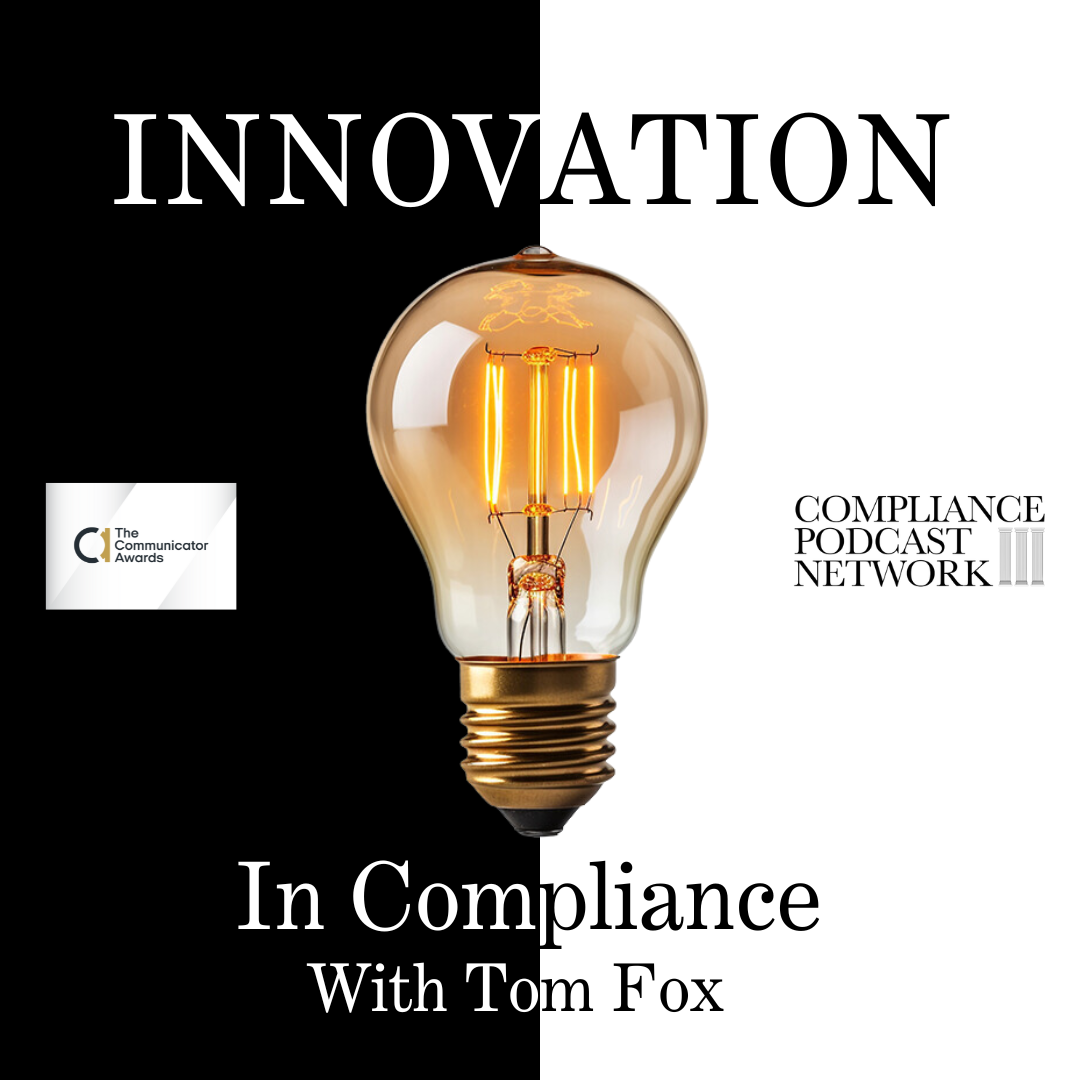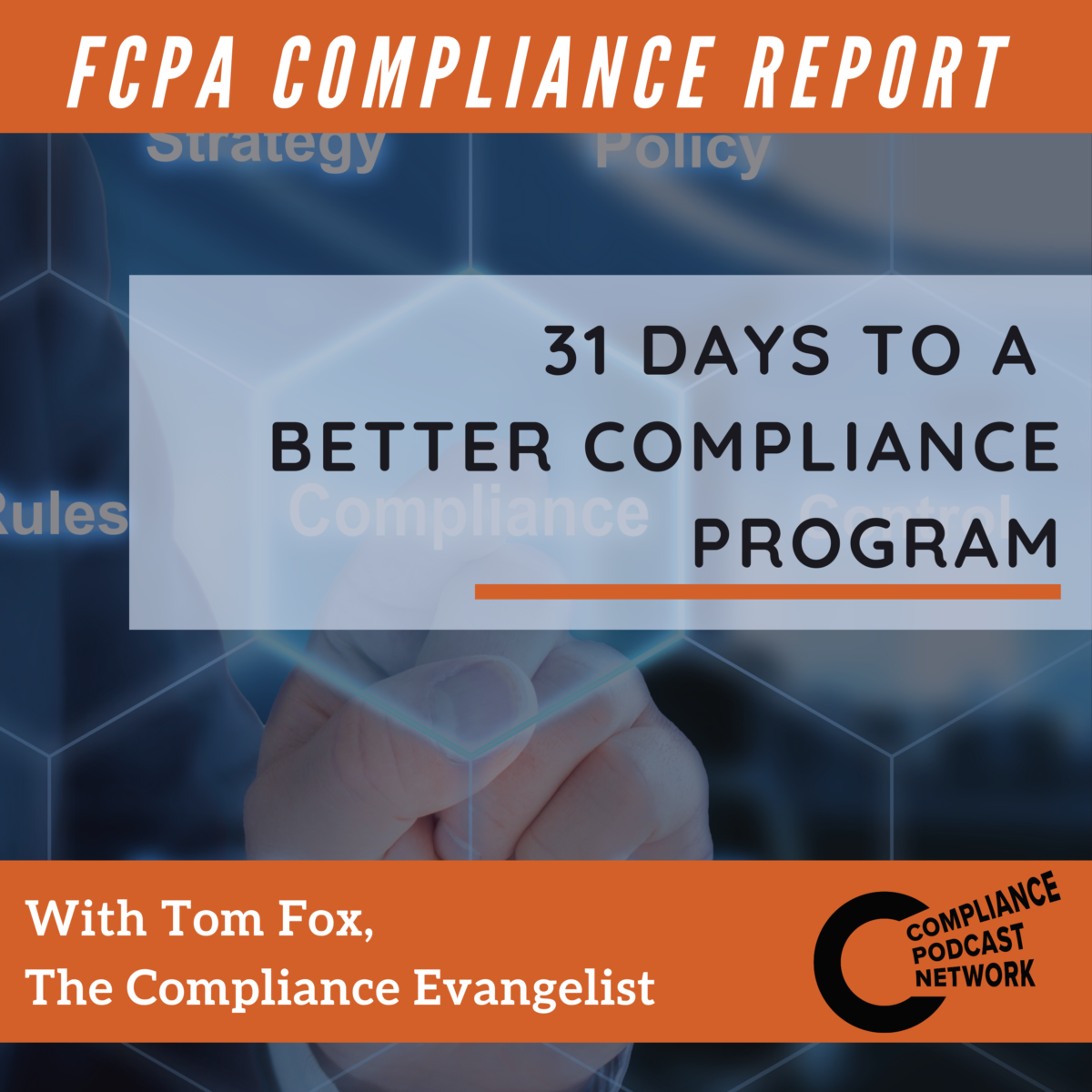Innovation comes in many areas and compliance professionals need to not only be ready for it but embrace it. Join Tom Fox, the Voice of Compliance, as he visits with top innovative minds, thinkers, and creators in the award-winning Innovation in Compliance podcast. This month’s sponsor of Innovation in Compliance is Athennian.
In this episode, Tom welcomes Monica Goyal, the Vice President for Legal Innovation and Lawyer at Caravel LLC and Briefly LLC, to explore the transformative potential of technology in the legal industry.
Monica has a non-traditional journey to the legal profession, beginning with her educational background in electrical engineering and firsthand experience in Silicon Valley. From this perspective and after law school and work in the legal field, she observed multiple process inefficiencies. She discusses how advanced technologies like generative AI and data analytics can address these inefficiencies, improving corporate governance, contract management, and the overall delivery of legal services.
Monica highlights the importance of legal innovation officers in law firms and the role of Caravel Law’s unique model in providing backend support to legal professionals, allowing them to escape administrative tasks and focus on core legal work. She also touches on the innovative concept of fractional in-house counsel, which serves businesses needing more support than external counsel without the full expense of a general counsel. Listeners will gain insights into the growing necessity for legal tech skills and the benefits of tools such as Athennian for document automation. Monica underscores the value of emerging technologies and encourages further exploration of resources like Caravel and Briefly for legal professionals.
Key Highlights:
- Monica Goyal’s Unique Journey into Law
- Innovations in Corporate Legal Departments
- Communicating Tech Solutions to Legal Professionals
- Caravel’s Unique Business Model
- Management with Athennian
Future of Legal Tech and Data Analytics
Resources:
Monica Goyal on LinkedIn
Caravel LLC
Tom Fox





